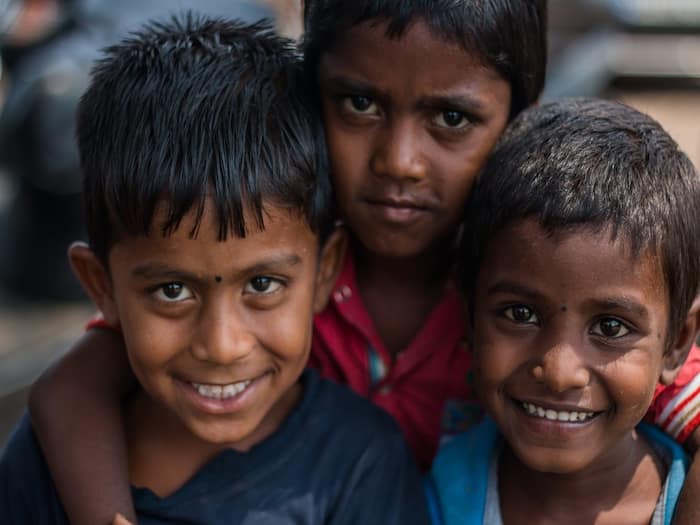The data showed an unprecedented decline in both urban and rural inequality. The urban Gini (x100) (index to measure inequality) fell from 36.7 to 31.9; the national Gini fell from 28.7 to 27.0.
New Delhi: India has now officially eliminated ‘extreme poverty’, evidenced by the sharp fall in the poverty rate and sharp rise in household consumption, US think tank Brookings said in a report.
The report, authored by Surjit Bhalla and Karan Bhasin, says this is a result of the government’s strong redistribution policies, which have led to strong inclusive growth in India over the past decade.
Survey-based poverty estimates
India has just released its official consumer expenditure data for 2022-2023, providing the first official survey-based poverty estimates for India in more than a decade.
According to the data, real per capita consumption growth has been 2.9 percent per year since 2011-2012. Rural growth of 3.1 percent was considerably higher than urban growth of 2.6 percent
The data also showed an unprecedented decline in inequality in both urban and rural areas.
The urban Gini (x100) (index to measure inequality) fell from 36.7 to 31.9; the national Gini fell from 28.7 to 27.0.
In the annals of inequality analysis, this decline is unprecedented, and especially in the context of high per capita growth.
Which helped in eradicating poverty
According to Brookings, high growth and large declines in inequality have combined to eradicate poverty in India at the purchasing power parity of $1.9.
The poverty ratio (HCR) for the 2011 PPP poverty line of $1.9 has fallen from 12.2 percent in 2011-2012 to 2 percent in 2022-2023, which amounts to 0.93 percentage points (ppt) per year. Rural poverty stood at 2.5 percent, while urban poverty fell to 1 percent.
For the USD 3.2 PPP line, the HCR fell from 53.6 percent to 20.8 percent.
Notably, these estimates do not take into account the free food (wheat and rice) provided by the government to about two-thirds of the population, nor the use of public health and education, the think tank said.
The data show that, at both thresholds, India has a strikingly lower number of poor people than estimated by the World Bank.
Poverty ratio of Indian workforce
The Brookings report presented a graph showing the poverty ratio of India’s workforce for both the USD 1.9 PPP and the USD 3.2 PPP of 1977-78. It said the change in the slope of the HCR for the higher poverty line of $3.2 “reveals the extent of inclusive growth in India over the past decade.”
The decline in HCR at the higher poverty line is notable considering that in the past, it took India 30 years to witness a similar decline in poverty levels as it does in 11 years now, the report said.
The authors believe that the relatively higher consumption growth in rural areas should not be a surprise, given the “strong policy push for redistribution through a wide variety of government-funded programs.”
Brookings praised the national toilet construction mission and efforts to ensure universal access to electricity, modern cooking fuel and, more recently, piped water, as among the policies that boosted consumption.
Access to piped water in rural India was 16.8 percent as of August 15, 2019, and currently 74.7 percent, the report said. The reduced burden of disease from access to safe water may have helped families earn more income.
Ambitious district program
Similarly, under the Aspirational District Programme, 112 districts in the country were identified as having the lowest development indicators. These districts were targeted by government policies with an explicit focus on improving their development performance.
“Official data now confirms that India has eliminated extreme poverty as commonly defined in international comparisons. This is an encouraging development with positive implications for global poverty rates,” the Brookings report said.
“This also means that it is time for India, like other countries, to move to a higher poverty line. The move to a higher poverty line offers an opportunity to redefine existing social protection programs, especially with the aim of better identifying targeted beneficiaries and providing more support to the real poor,” Bhalla and Bhasin said in the report.


